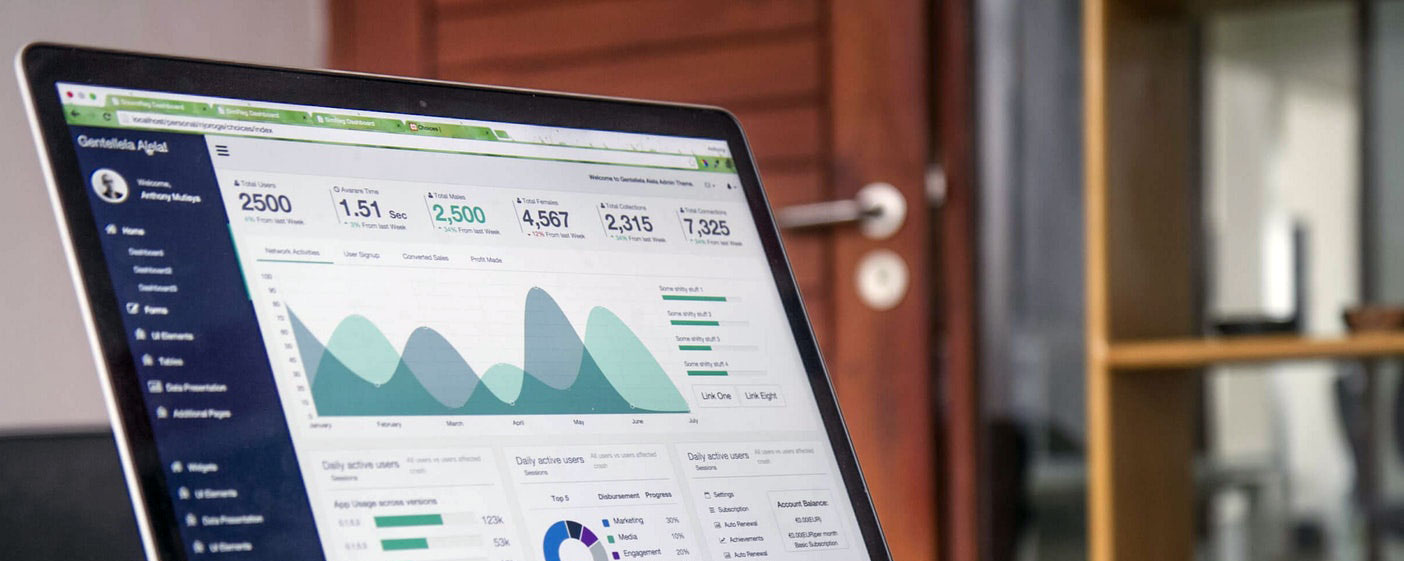5 TOP TIPS TO IMPROVE YOUR COMFORT ON THE BIKE
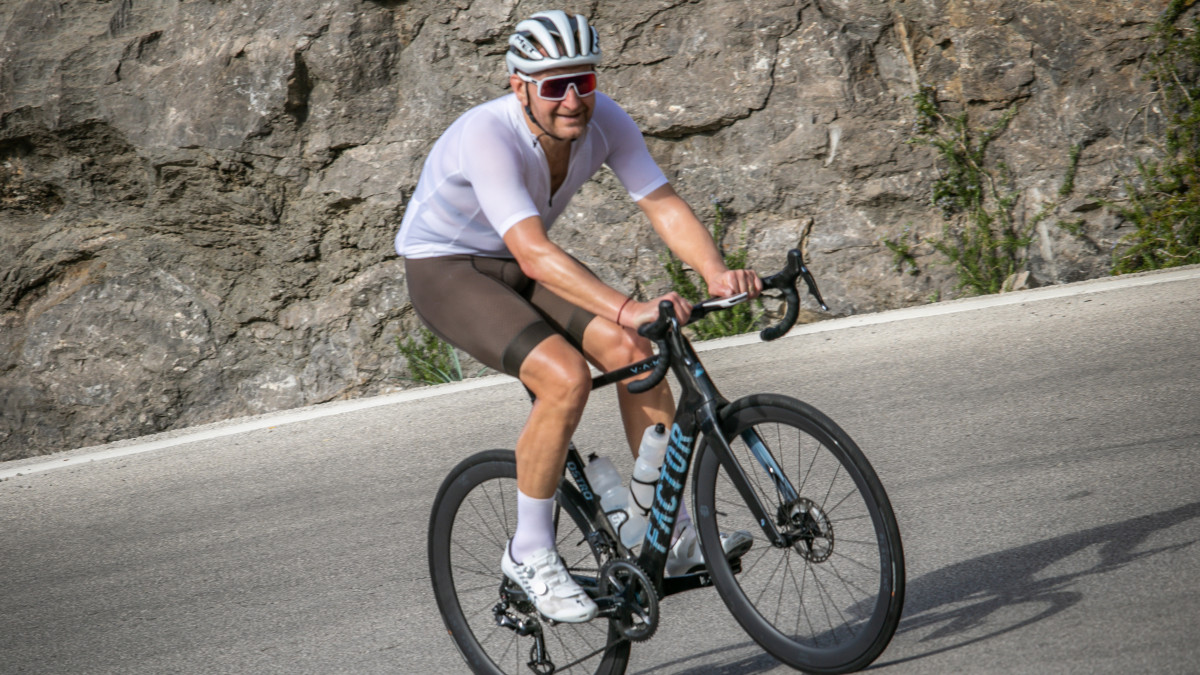
Improve your cycling performance with The Njinga Five - Our 5-point mental checklist for form, posture, and ride success.
To help you improve your cycling performance and make the most out of your training, I've developed the Njinga Five, our five-point mental checklist to keep your form good, posture sound and make your rides as successful and enjoyable as possible.
Whether you're pedalling indoors or enjoying a ride out, these simple tips will help you optimise your ride, conserve energy, and ride with greater comfort. Let's explore the Njinga checklist and discover how to enhance your cycling.
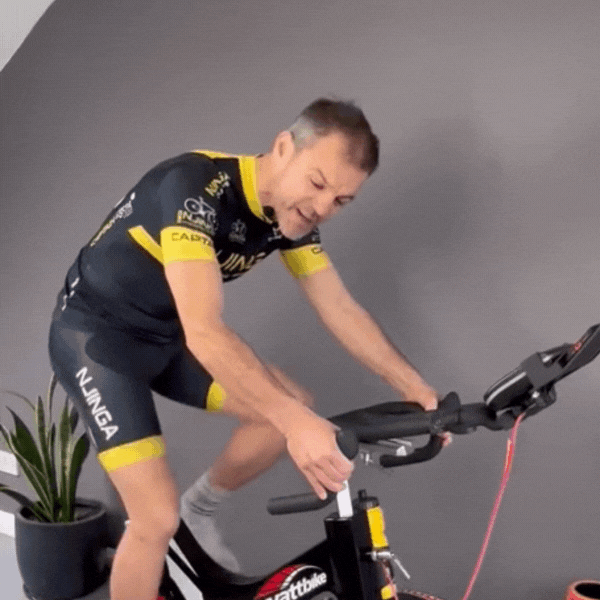
1. Relax your grip on the handlebars
When you grip the handlebars too tightly, you put a lot of unnecessary stress on your hands, wrists, and arms. This can lead to fatigue, pain, and even numbness. To avoid this, relax your grip on the handlebars and let your hands rest lightly on them.
You should only apply enough pressure to keep control of the bike. Whether you're cruising along a road or manoeuvring through wooded trails, let your fingers relax. By loosening your grip, you'll save energy and maintain a more efficient riding position.
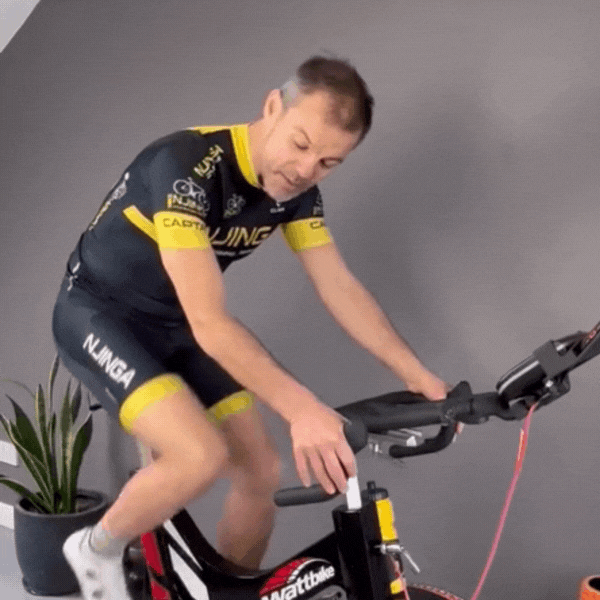
2. Soften those elbows
Another classic mistake cyclists make is unintentionally locking their elbows while riding. This places unnecessary strain on your triceps, which are actually just secondary support muscles. Guess what? They tire out pretty quickly if you put too much pressure on them. So, it's time to give your elbows a break.
Keep them slightly bent and relaxed. By doing so, you'll reduce muscle fatigue and enjoy a more comfortable ride. Your triceps will thank you! Not only that, it’s a slightly more aerodynamic position so you’ll be saving watts and getting more free speed.

3. Relax your shoulders
When cyclists have a tight grip on the handlebars and/or locked elbows, they often tend to raise their shoulders as well. This leads to pain in the upper back and neck, making your ride less enjoyable. Take a deep breath and relax those shoulders down.
By doing this, you'll ease the burden on your triceps and allow other muscles to do their job. Ride with relaxed shoulders for a smoother, more comfortable experience. Try to imagine that there is a string attached to the top of your head, pulling your head up and your shoulders down. If you still struggle then you can practise taking one hand off the handlebar and shaking it before doing the same with the other hand. It's like an auto reset to get the body and muscles to re-focus.
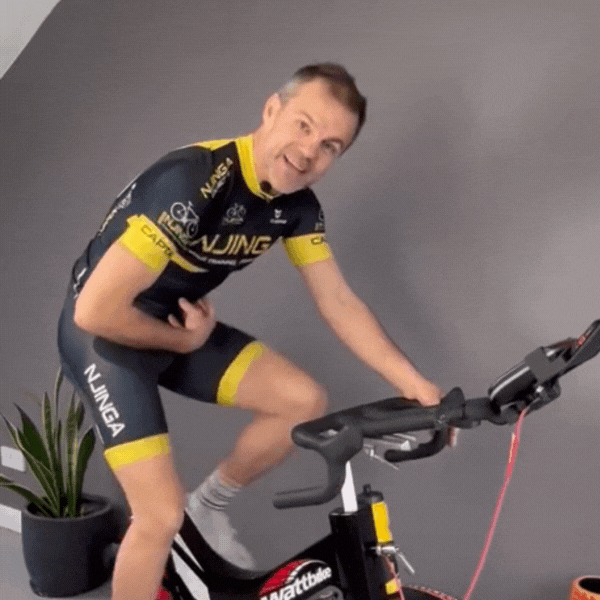
4. Engage your core
Stability is key when you're in the saddle. To avoid excessive side-to-side movement and keep yourself steady, engage your core muscles. No need to squeeze like a lemon, just a gentle activation will do the trick. By involving your core, you'll enhance your stability and optimise your pedalling efficiency.
To engage your core muscles, imagine pulling your belly button in towards your spine. This will help to keep your back straight and your body aligned.
Most cyclists tend to suffer here because they don't have strong core muscles so the engagement is not natural when pedalling on a bike. If you are having to remember to engage your core muscles then you need to focus on strengthening them. Check out our Academy for our 30-day core for cyclists programme that will transform your stability and in turn power on the bike.
1px
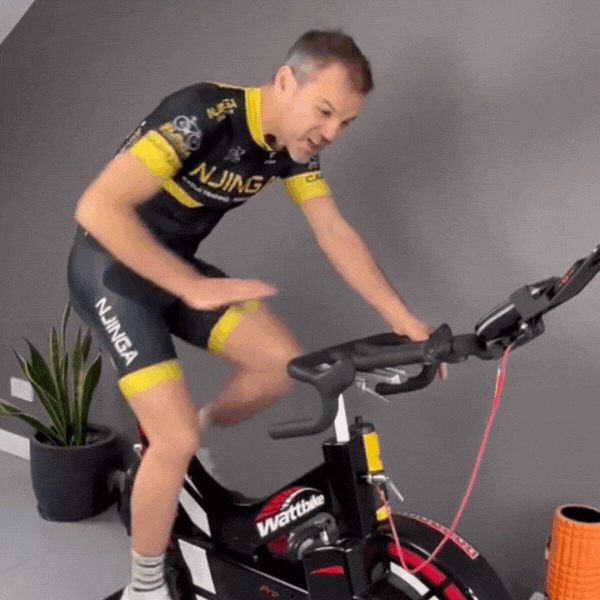
5. Pedal technique, smooth and sweet
Proper pedalling technique is important for efficiency and power. As you pedal, pay attention to your technique. Imagine you're gliding through the pedal stroke. Start just before the top (12 o'clock), smoothly transition through to 2 o'clock, and continue pushing downwards until you reach 6 o'clock before a small scoop back. Visualise making deliberate, gradual strokes to optimise your power throughout the revolution. You want to ultimately be thinking of making big smooth circles.
Remember to keep your upper body relaxed while staying stable. Smooth, steady strokes are the key to success. Keep your cadence high as much as possible throughout your ride, aiming for around 90rpm is optimal.
(YOU CAN READ OUR FULL GUIDE TO PEDAL TECHNIQUE HERE)
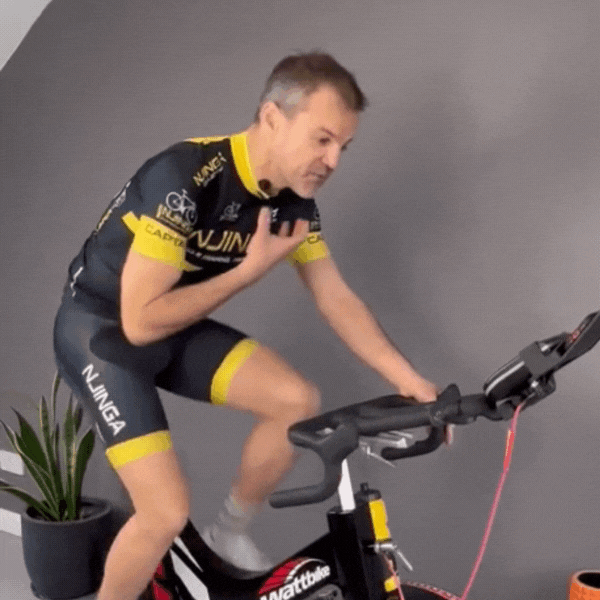
Bonus Tip: Control your breathing
Here's a little extra tip that often gets overlooked - your breathing. It's essential for a successful ride. Concentrate on smooth, controlled breathing to ensure you're getting the oxygen your body needs.
Try inhaling for three seconds and exhaling for three seconds, and see how it affects your overall performance. Proper breathing techniques can be a game-changer. So take a deep breath, relax, and enjoy the ride.
For more great tips and training support, check out our Njinga Cycling Academy our immersive online training platform. Think of Netflix for cyclists with expert, online coaching, anytime, anywhere. It's like having a personal cycling coach in your pocket.
Categories: : Ride Smart

SIGN UP TO OUR NEWSLETTER
and access our FREE Stretching video series.
Includes: dynamic PRE-ride, static POST-ride, and restorative DEEP stretching routines, ensuring you start to feel the benefits immediately.
 Njinga Cycling
Njinga Cycling 
